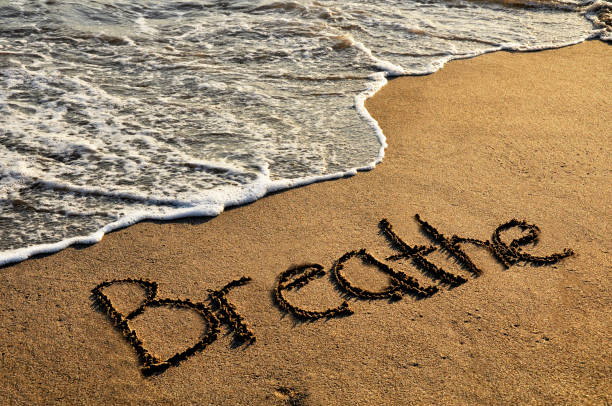Using Your Breath to Manage Stress

Controlled deep breathing is standard in stress management training, and knowing why it works can have you doing it more often. One reason deep, slow breaths work so well is brain physiology. When you deep breathe, you use a different part of your brain to control your chest muscles instead of the part of your brain experiencing the “fight or flight” reaction to stress: the amygdala. Your awareness of what’s going on with your body improves instantly. This calms you in addition to the stretching sensation in your muscles associated with the chest wall. The opposite state of stress is the relaxation response. This includes deep breathing, which is a direct intervention. This is
what makes it more powerful than other relaxation methods that are often misperceived as effective, such as stress eating, smoking, plopping down in front of the TV, or drinking alcohol. Deep breathing is appropriate anytime, but especially when you notice that you are under stress. Monitor the frequency of your attempts at stress management breathing to increase the frequency of its use.
Deep Breathing:
Most people take short, shallow breaths into their chest. It can make you feel anxious and zap your energy. With this technique, you'll learn how to take bigger breaths, all the way into your belly.
- Get comfortable. You can lie on your back in bed or on the floor with a pillow under your head and knees. Or you can sit in a chair with your shoulders, head, and neck supported against the back of the chair.
- Breathe in through your nose. Let your belly fill with air.
- Breathe out through your mouth.
- Place one hand on your belly. Place the other hand on your chest.
- 5. As you breathe in, feel your belly rise. As you breathe out, feel your belly lower. The hand on your belly should move more than the one that's on your chest.
- Take three more full, deep breaths. Breathe fully into your belly as it rises and falls with your breath.


